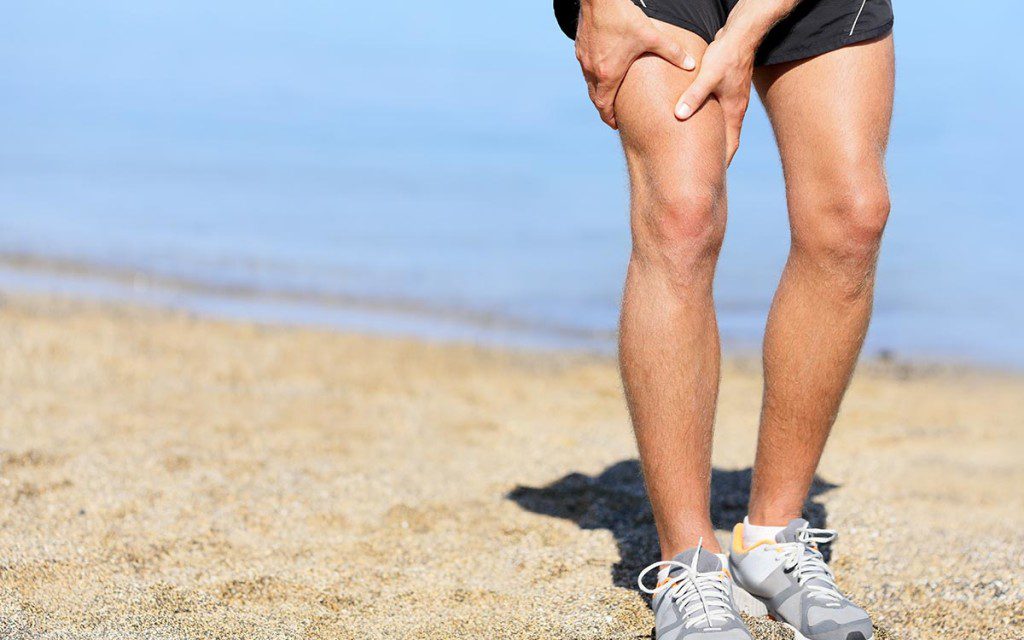Your perception of pain might be making your muscles hurt more


Feeling sore after that workout? It could come down to your thinking.
Last month at the American College of Sports Medicine annual meeting, researchers from Elon University in North Carolina released their findings from a new study on the psychology surrounding workout soreness.
The study used the ‘Athlete Fear Avoidance Questionnaire‘ (AFAQ) which specifically measures sport-injury related fear avoidance in athletes. This indicates the degree to which an athlete accepts pain as part of their sport participation or whether they instead become anxious at the first sign of discomfort and opt to avoid potentially painful situations. These tendencies can help to identify psychological barriers to performance and rehabilitation.
Wait, what’s the AFAQ?
The AFAQ includes statements like: I am not sure what my injury is; I am not comfortable going back to play until I am 100 per cent; When my pain is intense, I worry that my injury is a very serious one. Users rate how much they agree or disagree with a particular statement.
Perhaps not surprisingly, those who scored higher on the AFAQ (those who were more fearful of pain and worried that it would negatively impact their training) also expressed a greater perception of pain 24 and 48 hours following a workout. They were also more likely to see injuries as more debilitating and they feared future injury.
Our attitude about pain influences the way we experience it
While the research isn’t saying that your pain after a hard run is all in your head, it does suggest that how we think about pain impacts our actual perception of it. In turn, it influences our behaviours. Dwelling on the pain could actually be making it feel worse and could also lead to decreased participation (and performance) in future training.
Accepting, dismissing or downplaying pain as just a part of the process might make you mentally tough and better able to tolerate it (and train harder as a result) but it could also become a problem when dealing with an injury. Without rest, that will only get worse. On the other hand, obsessing over the typical pain and soreness that comes from racing and training could hold you back from pushing yourself or seeking to improve.
Getting the most of yourself will inevitably require experiencing some pain and discomfort along the way. Learning to differentiate between the routine aches and soreness that come with training, and the painful issues that could become chronic is an important skill learned through experience. It is probably best to err on the side of caution and listen to the body when it’s asking for a break. Taking a few days off now and then is always and infinitely better than missing weeks or months of training due to injury.
